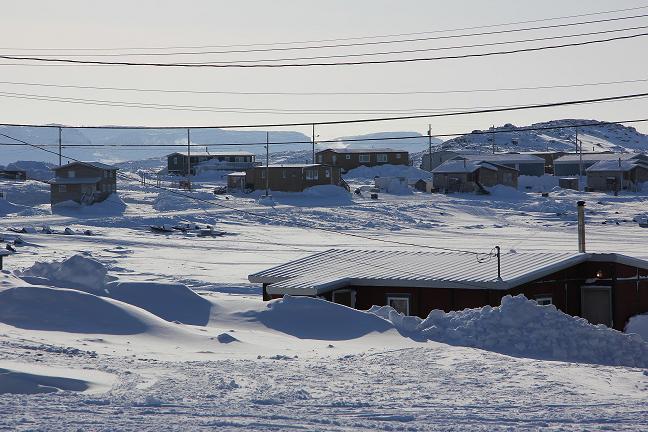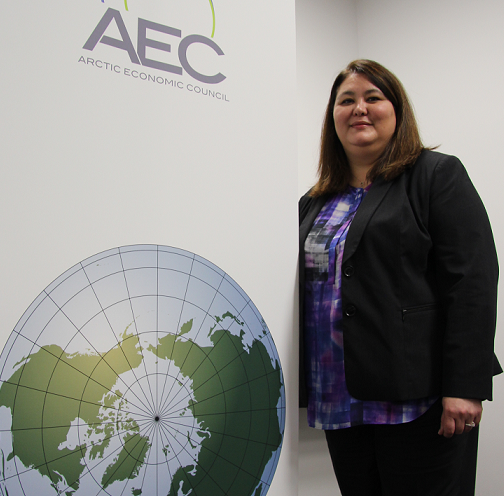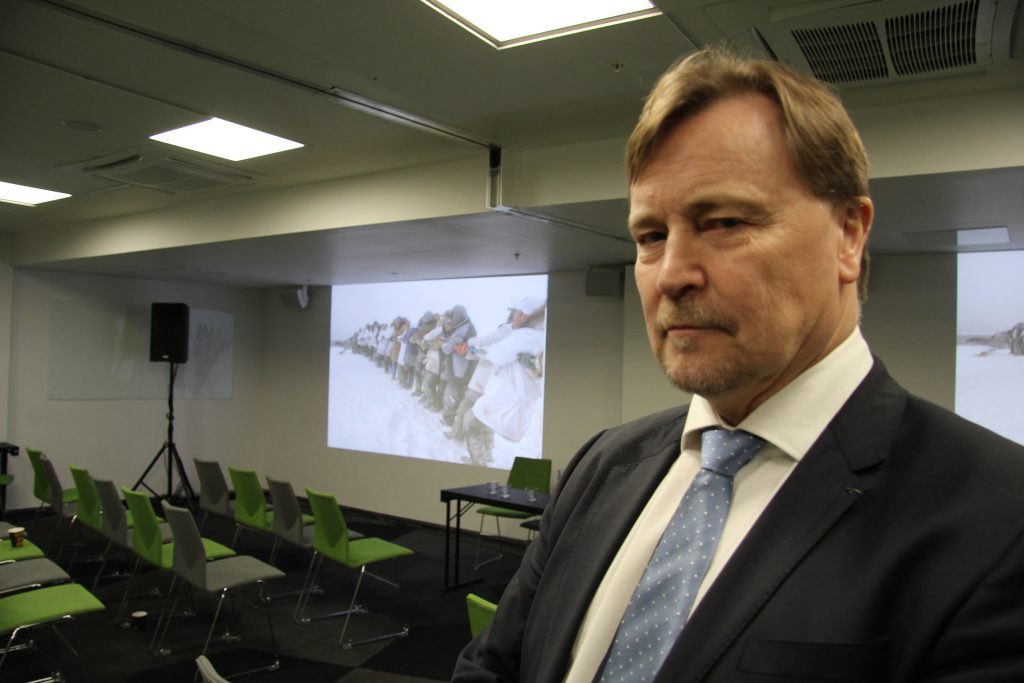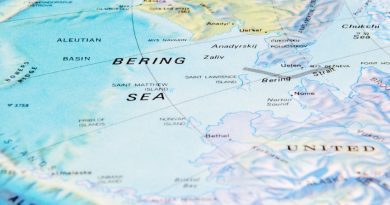How an Arctic initiative by Canada has gone from being blasted by critics to praised by international politicians

TROMSO, Norway – When Canada announced the creation of an Arctic Economic Council during its most recent Arctic Council chairmanship (2013-2015), many voiced concerns about both its mission and the utility of having such a body given the diversity of northern economies in North America, Europe and Russia.
But at the Arctic Frontiers conference being held in Tromso, Norway this week, the AEC’s work and mission were lauded by everyone from Kristina Persson, Sweden’s minister of Strategic Development and Nordic Cooperation, who called it a key achievement of the Arctic Council, to Borge Brende, Norway’s minister of Foreign Affairs.
“We have high ambitions for the Arctic Economic Council; based on knowledge and industry and cooperation in the Arctic,” Brende told an audience of diplomats, politicians and business leaders from North America, Europe and Asia.
Climate puts business in spotlight
The effects of global warming on the Arctic have been profound and are bringing companies from all over the world to the North.
Tara Sweeney, an Inupiat businesswoman from Alaska who now chairs the AEC, says the initiative came at an important time. Having a body that can respond to, and advise on, the kinds of projects and issues this development brings up, gives the northern business community an important voice, she said.
“We really want to be the conduit for those wanting to do business in the North,” Sweeney said in an interview with Eye on the Arctic. “The creation of the AEC really was a hallmark of the Canadian chairmanship, and personally, I’m extremely grateful for that leadership.”

Rocky start
The AEC had its first meeting in September 2014 in the Arctic Canadian city of Iqaluit.
The body was initially set up to advise the Arctic Council on economic issues, but its mission evolved to also act as a channel for those outside the Arctic that want to do business in the North.
The present optimism about the council lies in stark contrast to the initial ambivalence around the project.
Canada was heavily criticized at the time for using its platform as Arctic Council chair, traditionally something focused on environmental protection and sustainable development, to promote a business agenda.
The fact that environmental protection was absent from Canada’s vision for project also added to the controversy.
But it wasn’t just the environmental movement that had worries.
Even within the Arctic business community, both in North America and in Europe, many were concerned that the new body would be dominated by multinational companies that would drown out the voices of local Arctic businesses and industry.
Doing business but doing it right
But since then the mood has changed.
Local industries and chambers of commerce that had previously voiced concerns about the initiative now believe it should be given a chance and even has an important role to play in their futures.
“With the AEC there was that misconception that it would be open to large multinational organizations with very little opportunity for small and medium sized enterprises,” Sweeney said. “That’s a myth.”
“One of the antidotes to poverty is through economic and employment opportunity and small and medium-sized businesses help fuel that. That track is extremely important to the future of the organization.”
The structure of the AEC was set up to ensure everyone has a strong voice in the body, with each Arctic Council member nation and each of the six groups representing Arctic indigenous peoples (referred to as “permanent participants” by the Arctic Council), appointing their own business representatives so there’s wide representation, Sweeney said.
Arctic Council: Quick Facts
Year formed: 1996
Arctic Council Members: Canada, Denmark (Greenland), Finland, Iceland, Norway, Sweden, Russia, United States
Permanent Participants: Aleut International Association, Arctic Athabaskan Council, Gwich’in Council International, Inuit Circumpolar Council, Russian Association of Indigenous Peoples of the North, Saami Council
Current Chair: United States (2015-2017)
Next Chair: Finland (2017-2019)
The AEC has received funding for its secretariat in Tromso from the Norwegian business community and Norway’s Ministry of Foreign Affairs for the first three years. Some onlookers wonder how the organization will get stable funding to continue its work after that, but there are indications that long-term commitment to the AEC by circumpolar countries is strong.
“The Arctic Economic Council is an independent, business to business forum that aims to foster sustainable economic development in the Arctic,” said Aleksi Härkönen, ambassador for Arctic affairs in Finland, the country taking over chairmanship of the Arctic Council from the United States in 2017.
“The chairmanship of the AEC follows the same rotation as in the Arctic Council and in this sense Finland wants to make sure that the activities of the AEC are in line and reinforce one another,” he told Eye on the Arctic.
Creating new connections
This is good news to many that care about business in the Arctic, who say the AEC has already led to unexpected spinoffs.
“There’s been more signings of (Memorandums of Understanding) between different northern regions because of the AEC ,” said Halldor Johannsson, executive director of Arctic Portal in Akureyri, Iceland who attended the Arctic Frontiers Tuesday session on the AEC.
“We’ll see what happens in future but at least it’s become a place of discussion for people in the Arctic that haven’t had a regular venue to meet over business issues.”

Who benefits where?
But some people are still not convinced.
Anders Blom is the chairman of Protect Sápmi, founded by the National Union of the Swedish Sami People and the Sami Reindeer Herders’ Association of Norway. (Sapmi referres to the traditional homeland of the indigenous Saami people that straddles the Arctic regions of Norway, Sweden, Finland and Russia.)
He was one of the people appointed by the Saami Council to represent them at the AEC and says he’s still uncertain about the project.
“We still have to see where this is going,” he said. “There are possibilities but we haven’t seen how exactly we can benefit from them.”
Write to Eilís Quinn at eilis.quinn(at)cbc.ca
Related stories from around the North:
Canada: Metal, mineral price drop affecting Canada’s North, Eye on the Arctic
Finland: Increased tourism from Asia gives Finnish Lapland boost, Yle News
Norway: Stop romanticizing Arctic development say indigenous leaders, Eye on the Arctic
Russia: NSR – Twinned development of shipping, oil, Cryopolitics
Sweden: Will Sweden be able to produce enough energy in the future?, Radio Sweden
United States: Environmentalists want say in Arctic lease-extension, Alaska Dispatch News



